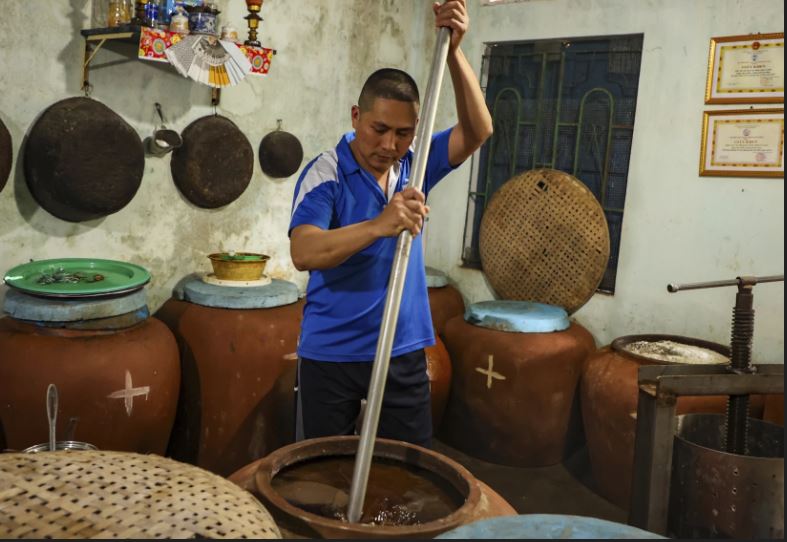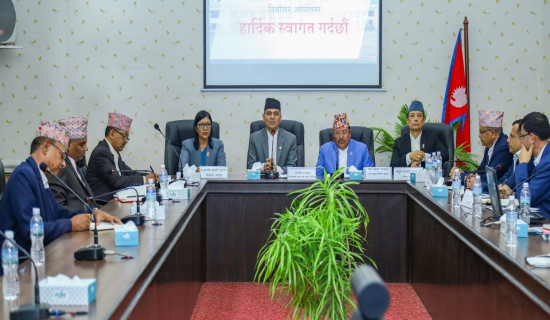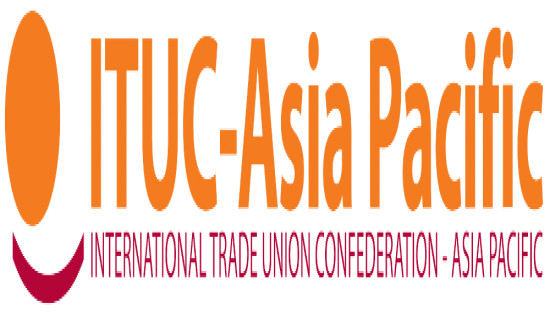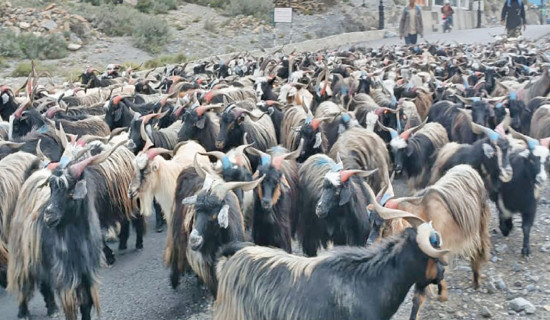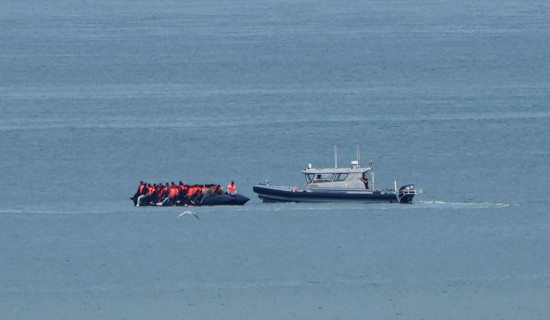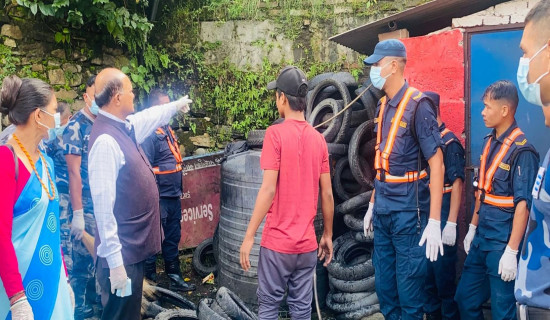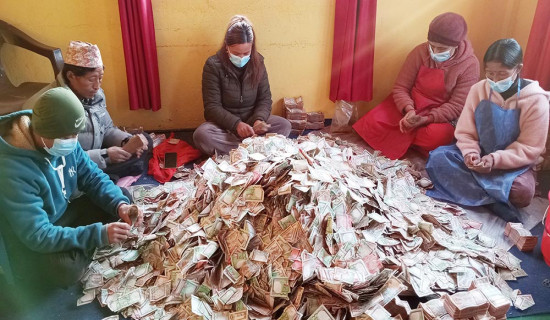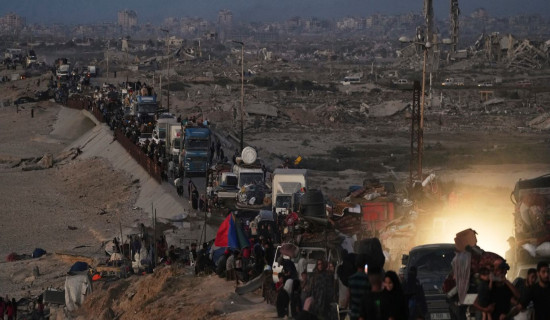- Thursday, 18 September 2025
Climate change, overfishing threaten Vietnam’s fish sauce tradition
Da Nang, Vietnam, Mar. 28: Bui Van Phong faced a choice when the Vietnam War ended 50 years ago: Stay in his small village, helping his parents carry on the family’s centuries-old tradition of making fish sauce, or join the hundreds of thousands of people fleeing his country for a better life.
Phong chose to stay behind and nurtured a business making the beloved condiment, known as nuoc mam in Vietnam, that is now in its fourth generation with his son, Bui Van Phu, 41, at the helm. Fish sauce from the village has been recognized by Vietnam as an indelible part of the country’s heritage and the younger Bui is acutely aware of what that means.
“It isn’t just the quality of fish sauce. It is also the historical value,” he said.
But that heritage is under threat, and not only from giant conglomerates that mass-produce fish sauce in factories. Climate change and overfishing are making it harder to catch the anchovies essential to the condiment that underlies so much of Vietnam and southeast Asia’s food.
Anchovies thrive in large schools in nutrient-rich waters near the shore. But climate change is warming the oceans, depleting oxygen levels in the water. Scientists have long feared that this would lead to smaller fish, as large fish that need more oxygen may migrate or adapt over time by shrinking. Renato Salvatteci, who studies fisheries at the Christian-Albrecht University of Kiel in Germany, said his research into warmer periods millenia ago found support for this in the fossil record.
“If we continue with this trend of deoxygenation, anchovies will not be OK with that,” he said. “Every species has a limit.”
Breaching that limit will have global consequences.
Warming oceans threaten the ocean ecology and the marine life that inhabits it. It may result in the proliferation of smaller, less nutritious fish and increase costs of fishing and consequently food. Anchovies, for instance, have an outsized role on marine ecology. They’re food for other fish that people eat, like mackerel. They are also vital to make fish meal, used to feed farmed fish.
Overfishing compounds the problem, and geopolitical tensions in the contested waters of the South China Sea — responsible for about 12% of the global fish catch — make management difficult. The destructive industrial fishing practice of dragging large nets along the seabed, scooping up everything in a net’s path, has prevailed since the 1980s. But despite increased fishing, the amount of fish being caught has stagnated, according to a 2020 analysis of fishing trends.
Even if the world can limit long-term global warming to 2.7 degrees Fahrenheit (1.5 degrees Celsius) above pre-industrial levels and halve fishing intensity, the South China Sea will still lose more than a fifth of its fish stocks, warned a 2021 assessment by scientists from the University of British Columbia in Canada. (AFP)

